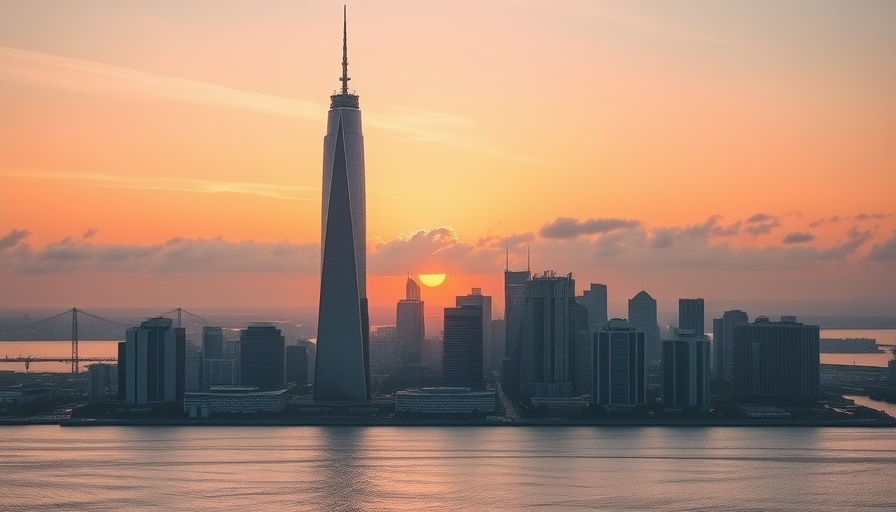
Australia's New Skyscraper: A Beacon of Remote Work
This week marks the unveiling of Australia's tallest skyscraper, igniting discussions not only about architectural innovation but also about how such spaces can serve emerging remote work needs for digital nomads. Designed with ergonomics and flexibility in mind, the new skyscraper exemplifies what modern workspaces should entail—comfort, efficiency, and a conducive environment for collaboration.
Why Height Matters for Digital Nomads
As digital nomads seek convenient and inspiring workspaces, architectural height can be influential. High-rise buildings like the new skyscraper provide expansive views that can boost mood and creativity. These aspects are essential for remote workers looking to break free from mundane home office setups. A well-placed workspace on a high floor allows natural light to permeate, improving both aesthetics and health.
Ergonomic Innovations: A Step Forward
The skyscraper will incorporate innovative ergonomic designs aimed specifically at enhancing productivity for those across various professions. With adjustable desks, collaborative meeting pods, and breakout areas, it actively considers the different ways remote work can be conducted. This is crucial, as research shows that ergonomic setups greatly reduce the risk of musculoskeletal issues, which can arise from poor work environments.
A Flexible Workspace for All
Unlike traditional offices, the skyscraper offers a myriad of choices for work environments. From quiet zones to lively communal spaces, its design acknowledges the wide range of preferences among remote workers. By providing such diversity, digital nomads can select the ambiance that aligns with their work tasks, be it a focused writing session or a collaborative brainstorming meeting.
Community Connections Within a Vertical Space
This skyscraper also emphasizes creating community among its inhabitants. The design prioritizes social connectivity, encouraging interactions through common areas where residents can share ideas and learn from each other. For digital nomads, this is invaluable, as networking often leads to opportunities for collaboration and feedback.
Adapting to Future Needs
The challenge of remote working is persistent evolution. The future of work is increasingly reliant on adaptability, a concept deeply embedded in the skyscraper's design. Configurable spaces allow organizations and freelancers alike to modify their environment based on current needs or preferences, fostering a fluid transition that is especially beneficial in the fast-paced world of digital commerce.
The Takeaway: Embrace the Change
As digital nomads consider new spaces to work, understanding the key design elements that affect comfort and productivity becomes crucial. The unveiling of Australia’s tallest skyscraper not only represents a feat of architectural excellence but also serves as a model for future workspaces tailored for the evolving needs of modern workers. Whether you're considering moving to a coworking space or designing a home office, looking to ergonomic and flexible concepts offered in this new skyscraper can help you create a more supportive work environment.
Embrace the changing landscape of your work by exploring innovative, ergonomic spaces that cater to remote working needs. It’s time to rethink where and how we work, harnessing the power of design to support our health and productivity.
 Add Row
Add Row  Add
Add 




Write A Comment